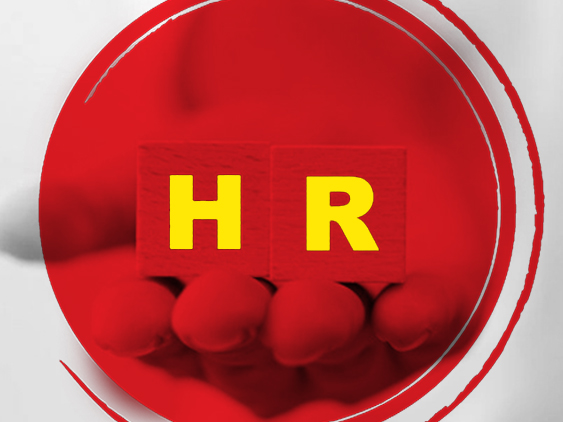HR Should Focus More On Talent Experience To Engage And Retain Employees
By Lars Hyland, Chief Learning Officer, Totara
High-performing organizations have realized that talent management – the strategic act of getting the right talent onboard and supporting them in developing in their roles – alone is not enough. Instead, HR teams should focus on the full talent experience to engage and retain their top employees. But what is the difference between talent management and talent experience, and how can organizations like yours move from one to the other?
What is the difference between talent management and talent experience?
Talent management is commonly defined as the process of attracting, managing and retaining high-performing employees – or “talent.” The talent management process encompasses everything from recruitment to performance management to succession planning and beyond. Every organization needs a talent management strategy to help close critical skills gaps and manage employee logistics. But top-performing organizations go further.
To survive in the uncertain new world of work, all organizations need employees who are skilled, engaged and aligned. This requires more than the logistical administration of traditional talent management. Talent experience is a better term, as it shifts the focus onto designing a personalized workplace experience that is motivating, supportive and friction-free.
Read More: How Tech is Transforming HR?
Talent experience also recognizes the shift away from top-down structured management practices to 360-style distributed decision making. While appreciated, typical HR-driven perks such as free massages, ping pong tables and a company-branded umbrella don’t lead to true long-term employee engagement and satisfaction. Research has shown that what really motivates us in the workplace is the freedom to master our roles and develop our skills, and to enjoy greater autonomy in using our skills and experience within an engaged company culture that has a shared sense of purpose. Nurturing this environment requires new ways of organizing your HR function so that it considers full talent experience.
How to manage talent experience
Talent experience means taking a deep, fresh look at your everyday processes and workflows and identifying pain points. What are the barriers to communication? Are your systems hindering rather than supporting productivity? Do you really know where the talent lies within your organization? Is the HR function constantly stepping on its own toes? Grappling with multiple disparate systems is inefficient and frustrating. Combining disparate systems into a single, integrated platform or ecosystem makes the talent experience smoother and more effective for HR and employees alike. A Talent Experience Platform does just that, by bringing learning, engagement and performance management systems together in a single platform.
Read More: The Changing Scope of Rewards and Recognition in a Remote World
Engage employees in learning and development programs
Learning and development should not be perceived as some unpalatable cough medicine. If learning and development programs are focused on relevant new skills and knowledge that your people can clearly see will improve their workplace performance, then you will have no problem with learner engagement.
Too often though, training is a late afterthought to many change initiatives. As a result, it is inappropriately designed or inconsiderate of prior knowledge and experience. By shifting focus to the workplace experience you want to improve, then learning and development support becomes embedded into the normal flow of work. This will require both formal and informal learning activities to smooth new skills and knowledge into everyday performance.
Integrating your learning management system (LMS) with your learning experience platform (LXP) means you can design an appropriate blend of learning activities that are personalized to the needs of each employee and facilitates collaboration and peer-to-peer support. Surfacing learning and development opportunities in workflow communication tools such as Microsoft Teams or Slack makes it easier for employees to find and share with their coworkers. Done right, any perceived administrative burden melts away and you are left with friction-free paths to improved performance.
Drive the talent experience with continuous performance management
On their own, traditional annual performance reviews just won’t cut it anymore. Continuous performance management, with frequent check-ins between managers and employees, is the only meaningful response to our fast-changing work environment. Regular, two-way feedback ensures that top talent stays on track to meet their performance goals. Any learning and development opportunities can then be tailored specifically to meet both the immediate performance goals and longer-term development of your workforce.
Adopting a continuous performance management process helps you pivot towards a coach-mentor culture. Regular check-ins with mentors (both peer-level and professional support) will help identify and accelerate the development of your people. Without this effective performance management, you risk demotivating and ultimately losing top talent.
Read More: 4 Steps for Turning Remote Frontline Staff into Digital Ambassadors in 2021
Fuel personal, career and organizational growth
Shifting focus from the administrative logistics of talent management towards the overall talent experience will become the central foundation of people strategy in the coming years. Sustaining a friction-free talent experience results in a highly skilled, better-engaged and high-performing workforce. This will attract external talent towards your organization. That is the pathway to staying ahead in your new world of work.

